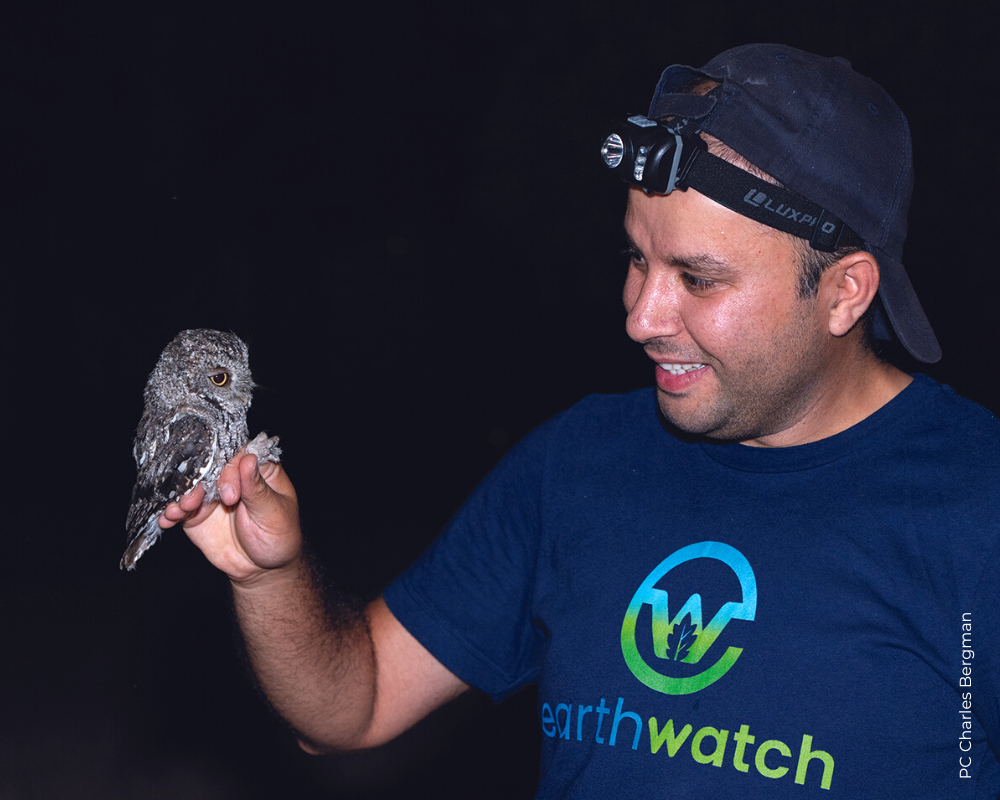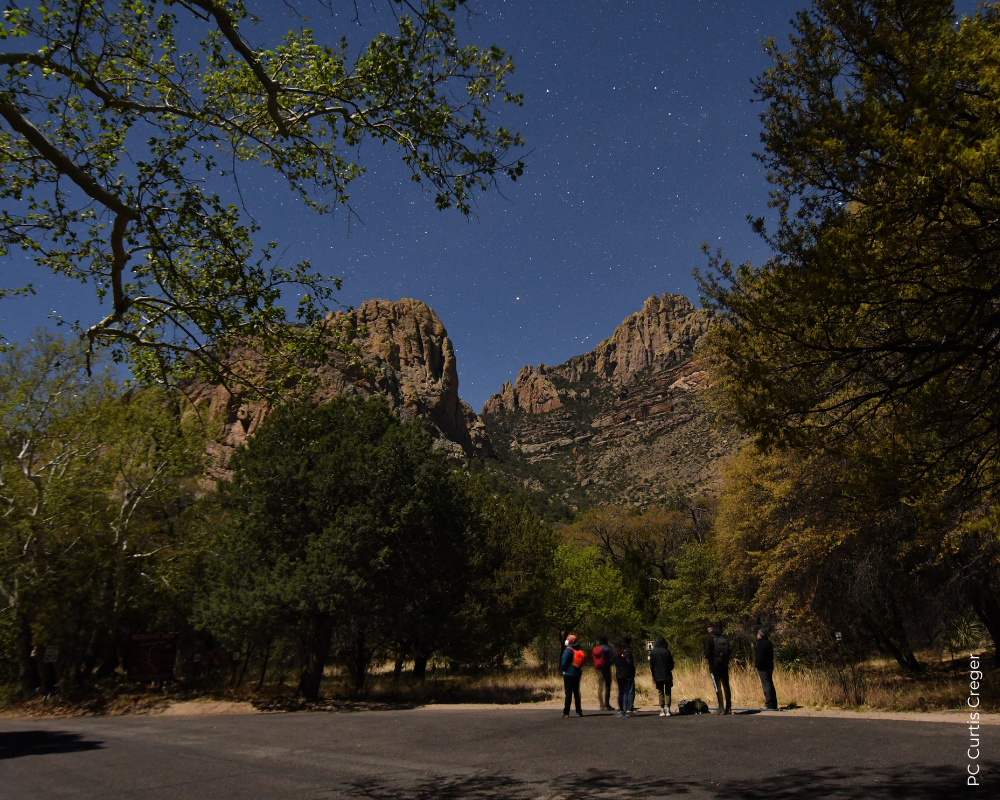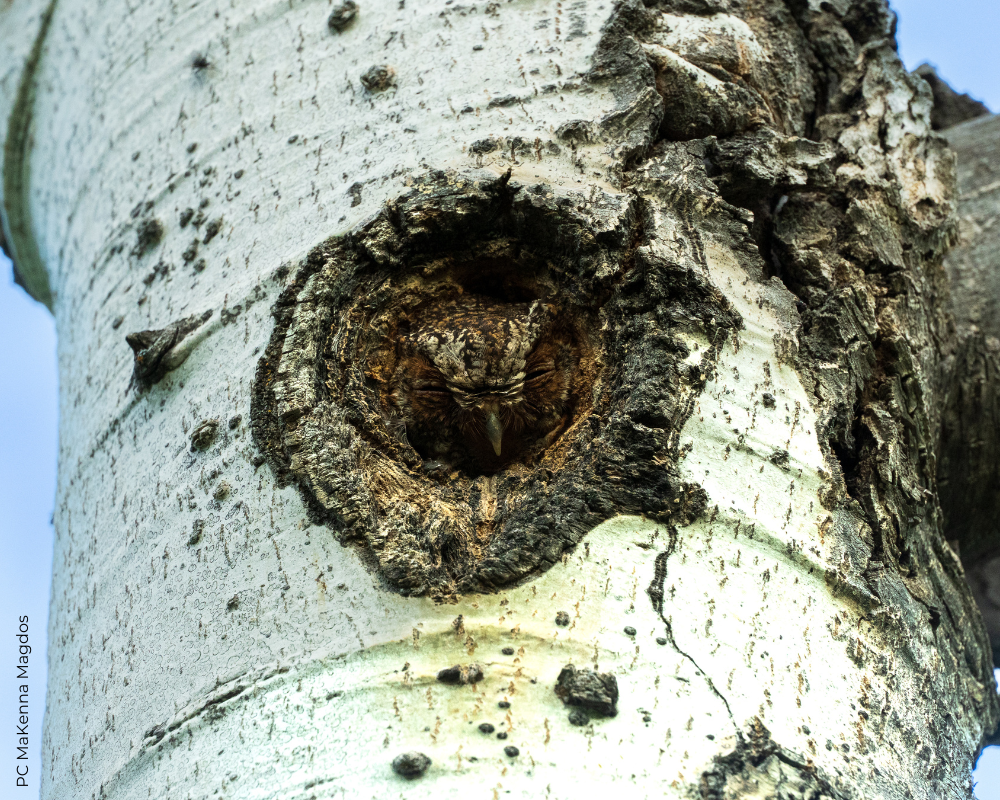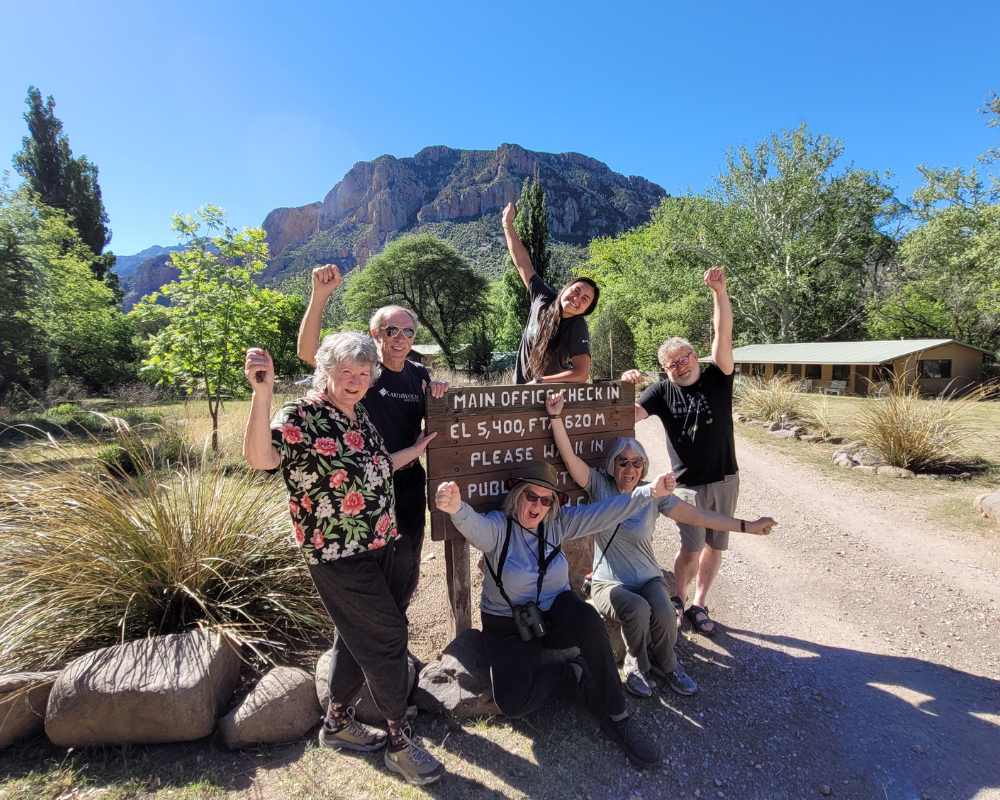About the Program
Despite being some of the most charismatic and well-loved species, owls are often understudied due to their nocturnal nature. HWI has taken to the riparian canyons of southeast Arizona and the aspen forests of Northern Utah to study knowledge gap forest owl species. The species we study are all cavity nesters, meaning that their survival is deeply entwined with the health of the forest. Through our long-term study, we are looking to learn how factors, such as climate change, may alter the landscape of the forests and the food sources within them and, as a result, affect the health of small forest owl species. Much of this work is thanks to our partners Earthwatch who organize groups of community scientists to aid in this work, and Dr. Markus Mika from the University of Wisconsin Lacrosse, who leads the Utah portion of our study area in Northern Utah.









